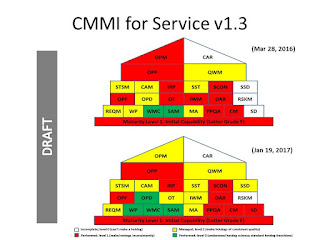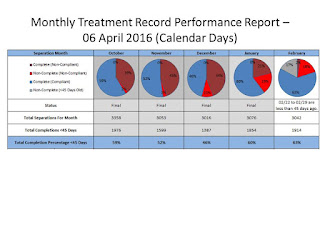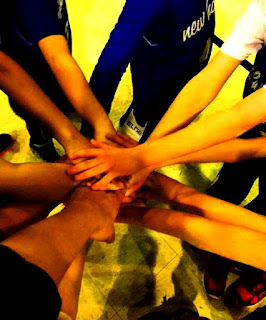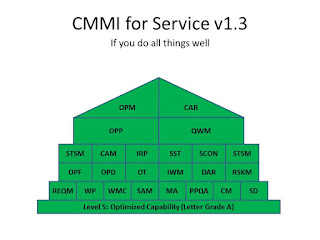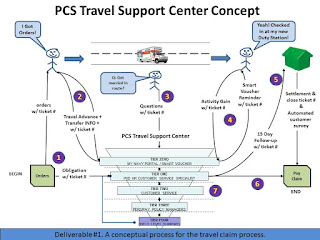American Indian Science and Engineering Society Leadership Summit 2017
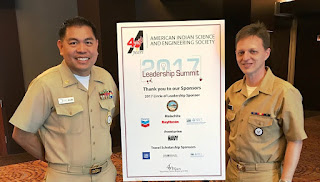
At the AISES Leadership Summit, I had the opportunity to deliver a white belt workshop while in uniform. It was a great way for me to support the active duty recruiting mission as a reservist. Students and professionals from all over the country converged in Chandler, Az to celebrate the contributions of Native Americans in science and engineering. We trained a small group in the principles of Lean Six Sigma in preparation for the larger national convention later this year.
